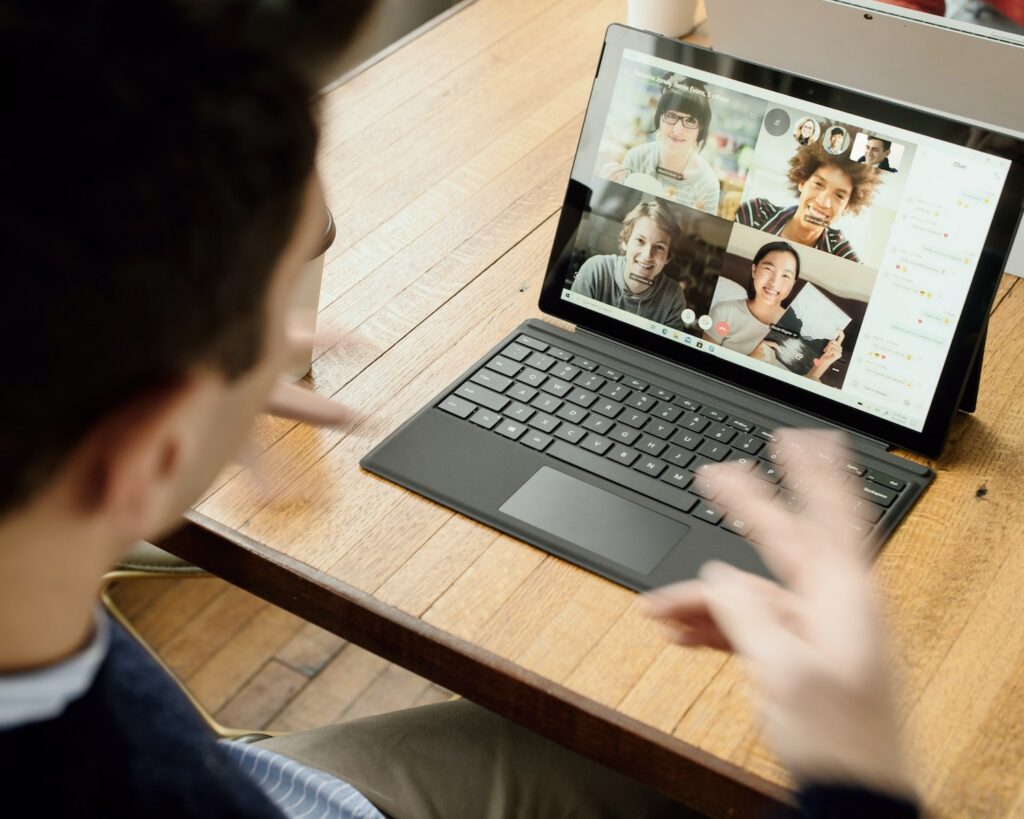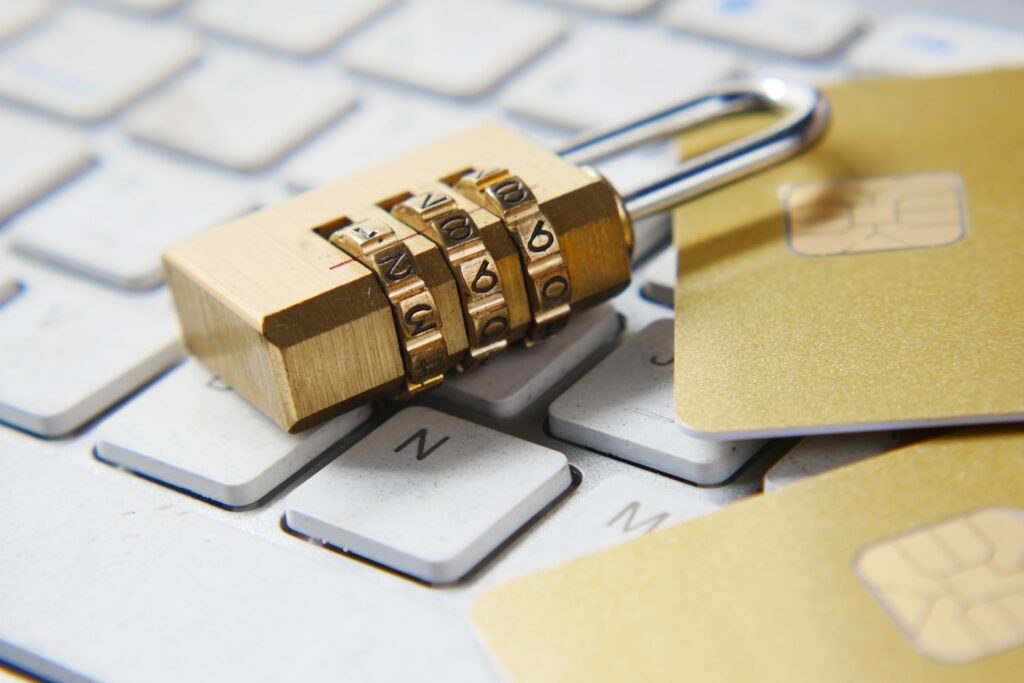
In the wake of the COVID-19 pandemic, many small and medium businesses have transitioned to remote work environments. While remote work has its benefits, but also new challenges come along with it when it comes to protection against cyber threats and securing sensitive data.
Small and medium businesses often forget to take care of their security and issues arise.
This is usually due to the lack of human and physical resources. Small businesses often neglect to budget for security, so they often fall victim to hackers more than medium and large businesses.
For ensuring that your security measures are up to date, outsourcing your IT security processes to a reputable IT company can be a smart strategy especially if you go for a local IT provider.
In this article, we will outline some best practices for securing remote work environments in small and medium businesses.
Using a PC or laptop from work
The first step is ensuring that your employees use a PC or laptop from work because many people use their personal PC or laptop for work. It is the same device on which they are using for personal things – online shopping, downloading some media, etc. This can raise a potential risk of compromising company data. Having a separate PC or laptop for work for employees is something that your company should consider.
Implement Strong Password Policies
Passwords are the first line of defense when it comes to securing remote work environments. We use them in everyday life, not just on our phones and computer but as well on PINs and credit cards. Businesses should require employees to use strong, unique passwords and change them regularly. Passwords should also be kept confidential and not shared with anyone, including colleagues. For a password, it is recommended to contain at least 12 characters combined with numbers, letters, and symbols.
Use Multi-factor authentication
Multi-factor authentication adds an extra layer of security to the login process by requiring users to provide two forms of identification. This can be a password and a security token or biometric verification. Multi-factor authentication helps prevent unauthorized access to company systems and data.
Secure Remote Access
The connection between the home and the office can be made via the VPN (Virtual Private Network). It is a service that gives an employee access to corporate data in a secure way. Businesses should also ensure that remote access is only granted to authorized employees and that access is monitored and audited.
Keep Software and Systems Up to Date
Outdated software and systems can contain vulnerabilities that can be exploited by cyber attackers. To minimize this risk, businesses should keep all software and systems up to date with the latest security patches and updates.
Server security patching is a tool that makes sure that the server gets the latest updates and that the update is checked and running. All applications (software) stored on a server can be vulnerable to malicious attacks. The objective of server security patching is to fix software vulnerabilities by ensuring that everything is installed on the computer systems.
Desktop security patching – Although patches are provided by software developers, users typically postpone updates on their computers. Companies put their trust in IT partners that can check these updates on a regular basis so that the user does not have to do anything. Their only “job” is to restart the machine so that the patches are applied. Even if they are asked to install updates, in some cases they postpone it. They do not understand the importance of it and how that can affect the company.
Educate Employees
Employees are often the weakest link when it comes to cybersecurity. Businesses should educate their employees on best practices for securing remote work environments, including the importance of strong passwords, two-factor authentication, and secure remote access. Since some malicious attempts go through your employees, they should also be trained to recognize and report potential cyber threats, such as phishing emails and suspicious activity. This is why training is so important.
Security awareness training can make sure that employees understand and be aware of cyber threats. Onboarding programs and annual training can make a big difference in a company’s remote working cybersecurity.
After security awareness training employees should be able to protect themselves and others around them.
The importance of educating employees about IT security is not something that needs to be neglected. To prevent these threats companies should work closely with IT consultancy partners which can provide security awareness training.
Implement Access Controls
Access controls can help limit the risk of unauthorized access to sensitive data. Businesses should implement access controls that limit access to sensitive data to only those employees who need it to perform their jobs.
Have a Data Backup Plan
Data loss can be catastrophic for businesses, especially if it includes sensitive data. Businesses should have a data backup plan in place to ensure that important data is backed up regularly and can be restored in the event of a data loss incident.
Monitor and Audit Activity
Businesses should monitor and audit activity on their systems and networks to detect potential security incidents. This can include monitoring for unusual activities, such as failed login attempts, and auditing access logs to identify potential unauthorized access.
In conclusion, securing remote work environments in small and medium businesses is a critical component of cybersecurity. By implementing these best practices, businesses can help protect their sensitive data and reduce the risk of cyber threats. With the right policies and tools in place, remote work can be a safe and productive way to operate for businesses of all sizes.
Whether you are a small or medium-sized business, taking proactive steps toward IT security is crucial to a remote work environment. To ensure that their systems remain secure, companies can partner with IT security experts who can provide a safe working environment, and monitor and prevent potential breaches from occurring.
Featured image by Surface on Unsplash
The post Best Practices for Securing Remote Work Environments in Small and Medium Businesses appeared first on noupe.
